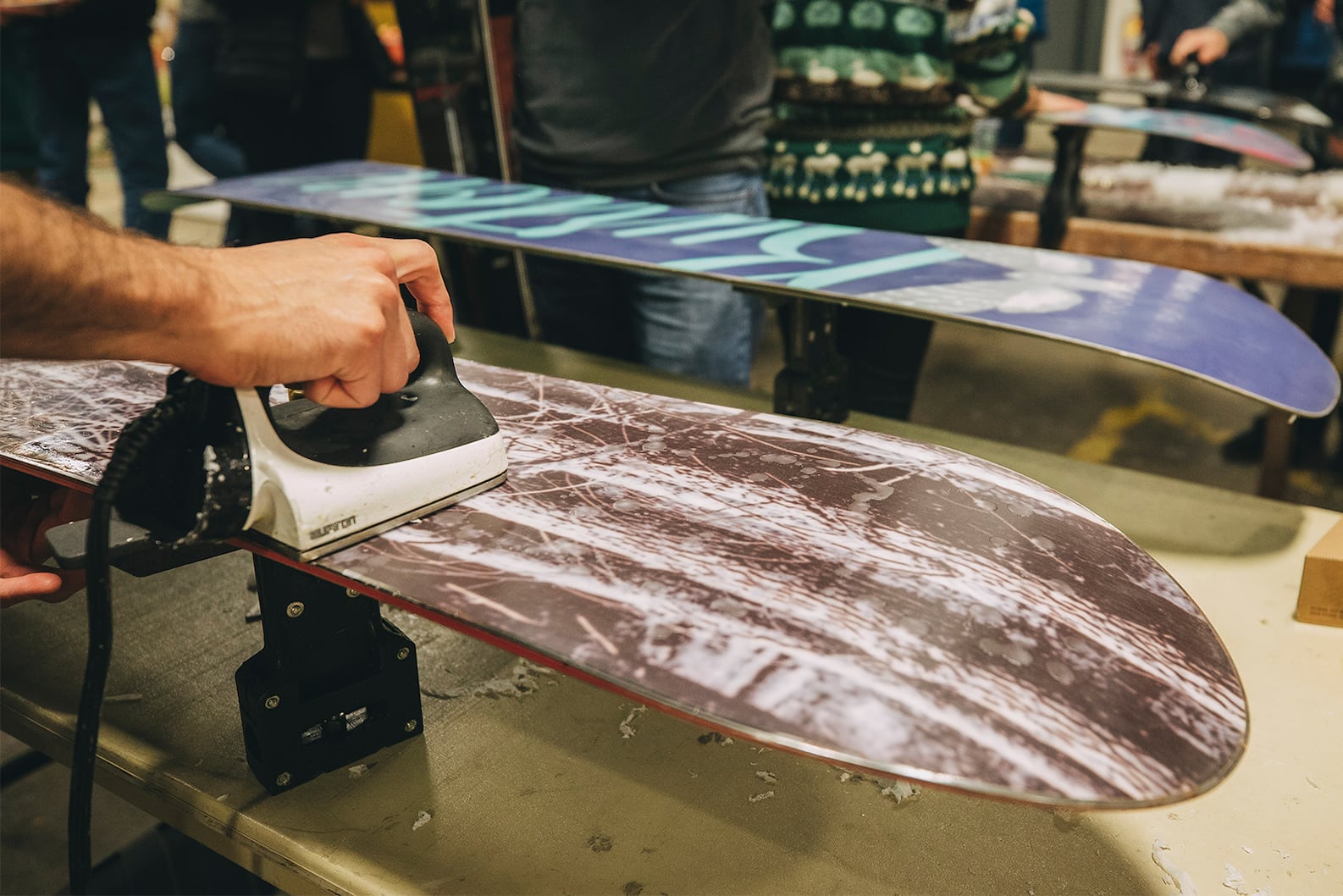
Snowboard wax like Fast Stik, plays a crucial role in enhancing your snowboarding experience as it’s more than just about making your board glide smoothly down the slopes. This guide explores the science behind snowboard wax and its significant impact on your mountain performance. We cover different wax types, how they react to snow, and how factors such as temperature, humidity, and altitude can affect their performance. Additionally, we highlight the importance of regular waxing to extend your board’s lifespan and keep it in perfect condition. Understanding the science of snowboard wax is a worthy investment for improved performance and enhanced enjoyment on the slopes. Get ready to explore the world of snowboard wax!
1. Types of Snowboard Wax
There are three main types of snowboard wax:
- Hydrocarbon wax is the most common and affordable option, made from paraffin wax and other additives that can help with temperature suitability.
- Fluorocarbon wax is more expensive but has superior water-repelling properties, making it ideal for wet snow conditions.
- Natural wax, usually made from beeswax, is a more environmentally-friendly alternative, but may not provide the same level of performance as hydrocarbon or fluorocarbon waxes.
Choosing the right type of wax depends on a range of factors, such as the weather conditions on the day, the type of snowboard, and personal preference.
2. Factors to Consider When Choosing Wax
It is essential to consider several factors when choosing a wax that suits your needs.
- Consider the temperature at which you will be riding. Different waxes are designed to be effective at specific temperature ranges, and selecting the appropriate wax for the day’s conditions can have a substantial impact on your performance.
- Take note of the type of snow conditions you will be riding in, such as powdery, icy, or wet snow. The type of snow conditions can affect how well the wax is absorbed and how long it will last.
- Consider the type of snowboard you have, as wax options can differ depending on the base material and structure of your snowboard.
Overall, making an informed choice in selecting your wax can tremendously enhance your performance and snowboarding experience on the mountain.
3. Benefits of Using a Quality Wax
Using quality wax is critical for getting the best performance out of your snowboard on the mountain. Not only does it provide a smooth glide across the snow, but it also protects the base of your board from wear and tear. A high-quality wax contains fluorocarbons, which help repel water and reduce friction, resulting in a faster ride down the mountain. Additionally, using quality wax can prolong the lifespan of your snowboard by preventing scratches and other damage to the base.
4. Proper Application of Wax
Properly applying wax is critical in maintaining and boosting your snowboard’s performance. Factors to consider include temperature, humidity, and type of wax. Firstly, clean the board before applying wax. Also, consider temperature and humidity. Choose the appropriate wax for the snow condition to achieve the best results. Finally, apply the wax thoroughly and evenly to ensure complete coverage. This results in improved glide, increased speed, and better control on the mountain.
5. Maintenance Tips for Snowboard Wax
Achieving optimal performance with your snowboard equipment requires proper maintenance of your snowboard wax. Here are five maintenance tips that every rider should know. First, clean and dry the base of your snowboard before applying wax. Get rid of dirt or debris from the base with a plastic scraper. Second, select a wax that matches the temperature and snow conditions you will face. Third, evenly spread the wax across the base of your snowboard with a waxing iron. Fourth, let the wax cool and penetrate into the base. Remove excess wax with a plastic scraper. Finally, brush the base with a nylon brush to smooth the surface and remove any remaining wax. These maintenance tips guarantee that your snowboard maintains maximum performance, and it lasts longer on the mountain.
In conclusion, choosing the right wax for your snowboard can have a significant impact on your performance on the mountain. Understanding the properties of different types of waxes and how they interact with snow can help you make the best decision for your snowboarding style and the conditions you’ll be riding in. Whether you’re a seasoned pro or a beginner just starting out, taking the time to properly maintain and wax your snowboard will undoubtedly improve your overall riding experience. So next time you hit the slopes, take the time to give your board some love and enjoy the improved speed and control that comes with a well-waxed ride.






